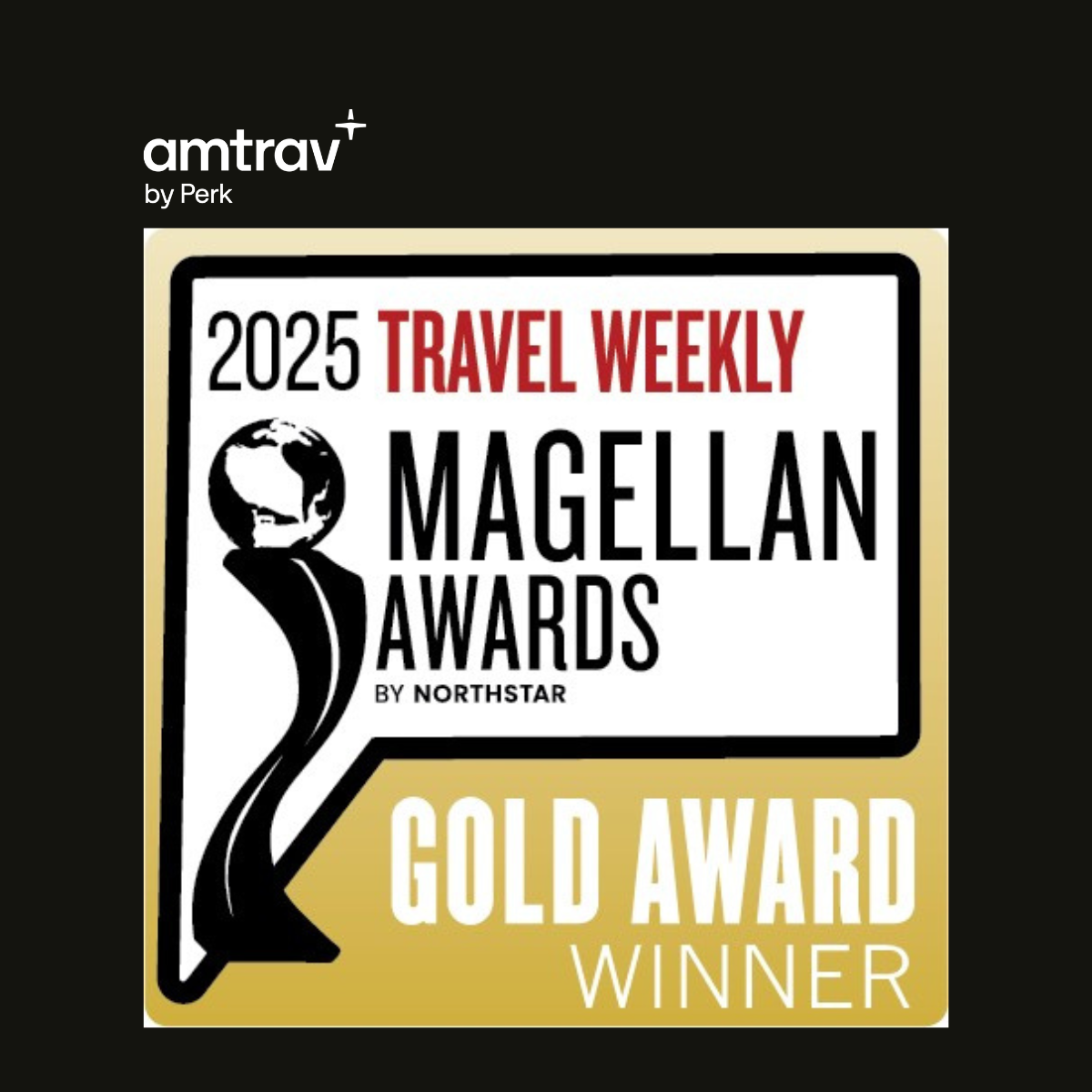When you’re just starting out in business, it’s important to set a budget and stick to it as closely as possible. Since corporate travel can be a substantial piece of the pie, it’s important to establish a discretionary budget that works and a clear path to justify the expense.
Need some help? Follow these steps to prepare a travel budget that works for your employees — as well as your bottom line.
First things first
Before you identify your travel budget, you need to account for core business expenses, such as rent, utilities and payroll. These are expenses you’ll have during profitable and lean years alike, and paying for them is requisite either way. Travel, however important to long-term success, plays second fiddle.
Return on investment
Your travel budget needs to come with conditions, so you see the proper return on investment. For example, it may make sense to have an employee fly cross country to meet with a prospective, lucrative client that could contribute to your business’ long-term efforts. Attending a conference with less tangible effects? It may or may not be worth the expense. So, be realistic and conservative about business travel when you’re starting out, limiting corporate travel to revenue-generating events.
Set policies
Employees need to know what’s expected of them when they travel for work. They are justified in wanting to be comfortable on the road and at the same time be aware of what’s a reasonable expense and what’s not. Establish expectations such as coach versus business class travel, economy car rentals and a price-cap for nightly hotel rates. When employees have clear parameters lodging, transportation, dining, technology, tips and other expenses — and are required to detail them — there’s no room for confusion or frustration down the line.
Company versus employee booking
Evaluate whether it makes sense to let employees book travel through their preferred methods or if it’s better to book travel directly through the company. In the case of the former, employees may be compelled to book a certain way for frequent flyer and points perks, and it may not be the most cost-effective avenue for you.
Tracking travel expenses
The only way to ensure your business travel budget is put to good use is to collect and analyze the results. Have your employees itemize reports. Then, make future projections based on the value business travel delivers. Some trips will likely pay off, while others may not. Being armed with information can help you either reign in or develop a larger budget down the line.
By taking a realistic, big-picture look at your budget, and where travel fits into the mix, you’ll be on a clearer path to success. Simply taking the time to ballpark those costs before travel even occurs — and then evaluating the results once it does — your next budgetary steps will be evident, too.
By: Jennifer O.

Cassie Sclafani




